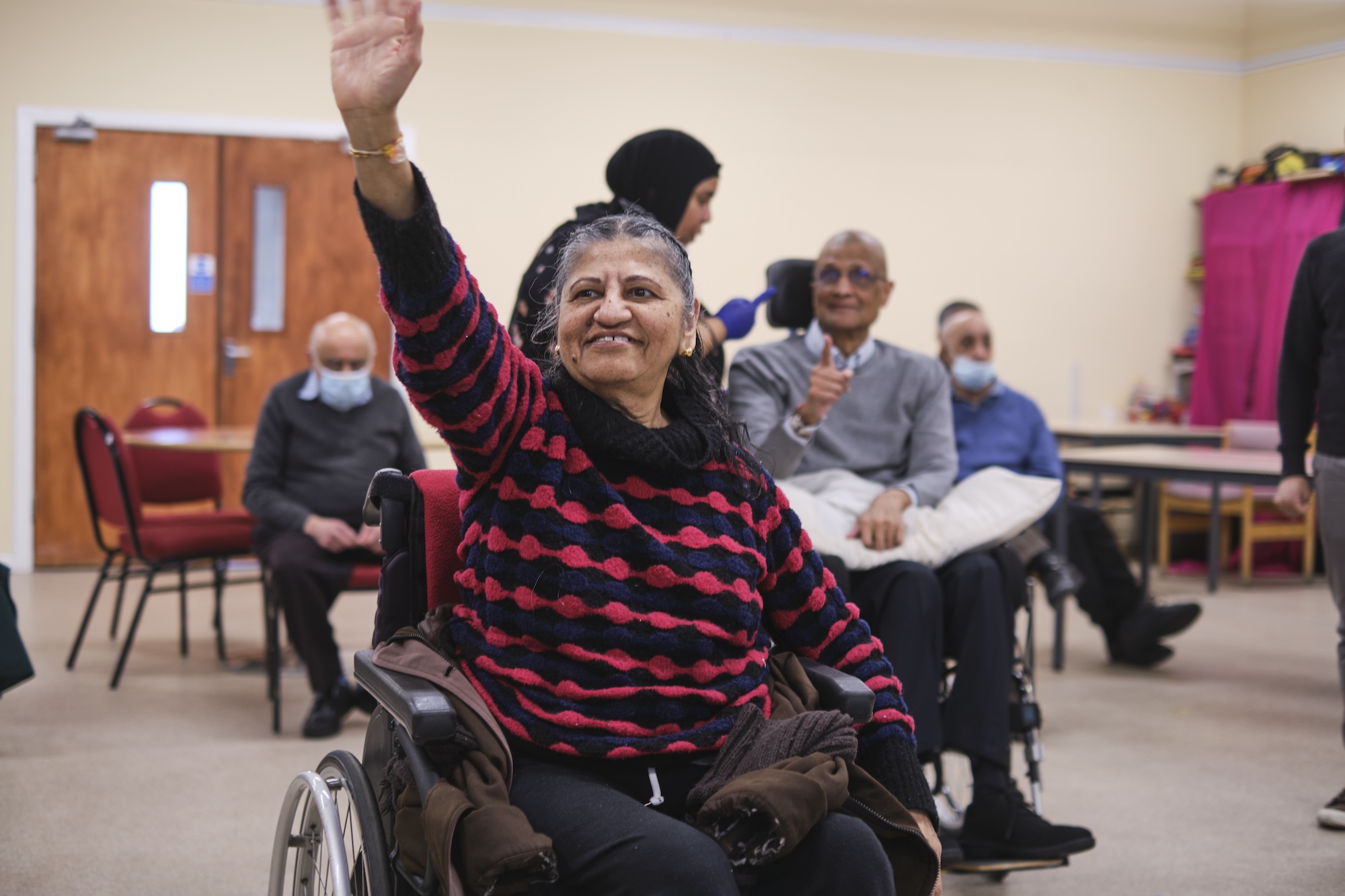News & Insights
The Cost of Falls and the Need for Proactive Prevention
8th January 2024

News & Insights
8th January 2024

Falls among older adults are not only a significant health concern but also a substantial economic strain on the NHS. A report by The King's Fund reveals the challenge, and underscores the need for a shift in focus from reactive to proactive, preventative strategies.
Recent regional data shows the gravity of the situation: during the 12 months to June 2022, over 3,800 people aged 50 and over in mid and south Essex were admitted to hospital for fractures due to falls. Among these, the largest proportion were hip-related fractures (1,464), with an average hospital stay of 14 days. Nationally, falls are the largest cause of emergency hospital admissions for older people, with around 76,000 people fracturing their hip due to falls each year, leading to medical costs exceeding £2 billion.
The immediate costs of falls begin with ambulance services and hospital admissions. On average, the length of stay for a patient admitted due to a fall is 12 days, with an average bed day cost of £440. This equates to about £5,200 per admission. But when you consider the impact of falls beyond immediate hospitalisation, this rises to an average system-wide cost of £21,120.
Evidence also shows that the year following a fall sees substantial increases in community and social care services. So much so, The King’s Fund report found the cost of care for patients post-fall was nearly four times higher than the cost of the initial hospital admission.
The Importance of Prevention
These findings highlight an urgent need for investment in falls prevention. Proactive approaches like Steady On Your Feet are not only more cost-effective, but also crucial for promoting healthy living and maintaining the quality of life for people as they age. Platforms such as ours serve as interactive digital hubs that improve access to information, advice, and guidance, empowering individuals with self-care tools and supportive resources.
Research has underlined that 30-40% of people who fall will do so again, proving the need to effectively manage falls in an attempt to prevent future incidents. One initiative in West Yorkshire, which saw care home residents supported through implemented technology, saw a 7.7% decrease in emergency admissions relating to falls, resulting in an annual savings of over £200,000. This shift from a reactive to a proactive approach highlights the potential cost savings for the NHS, as well as an enhanced quality of life for older individuals.
Investing in preventive measures like Steady On Your Feet is not just economically sensible; it’s crucial to creating a community-driven approach that prioritises independence and safety. And as our population ages, the NHS and social care services must adapt, focusing on integrated pathways and effective fall prevention strategies across the entire healthcare system. This approach is proven to reduce costs, while also ensuring healthier and more active living for older people.
To discover more about Steady On Your Feet and its transformative impact on falls prevention, head to steadyonyourfeet.org.
Share this post:
Let's talk falls prevention
